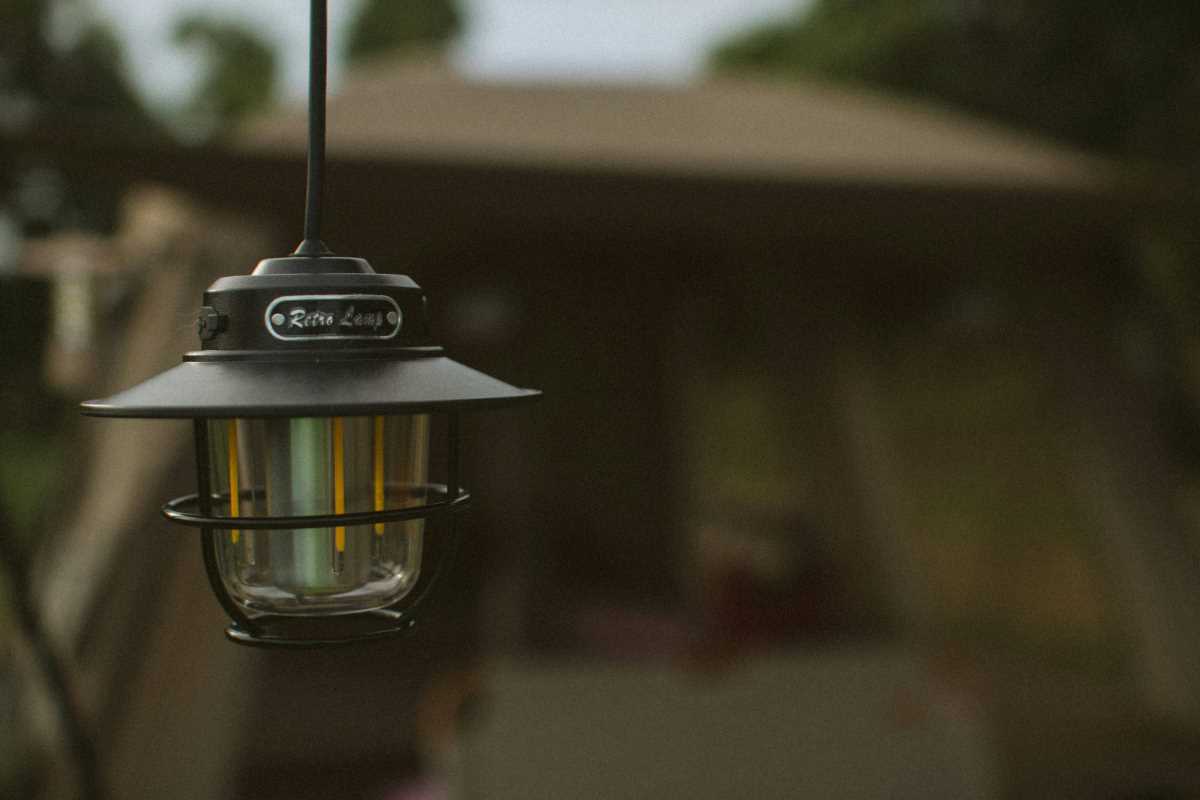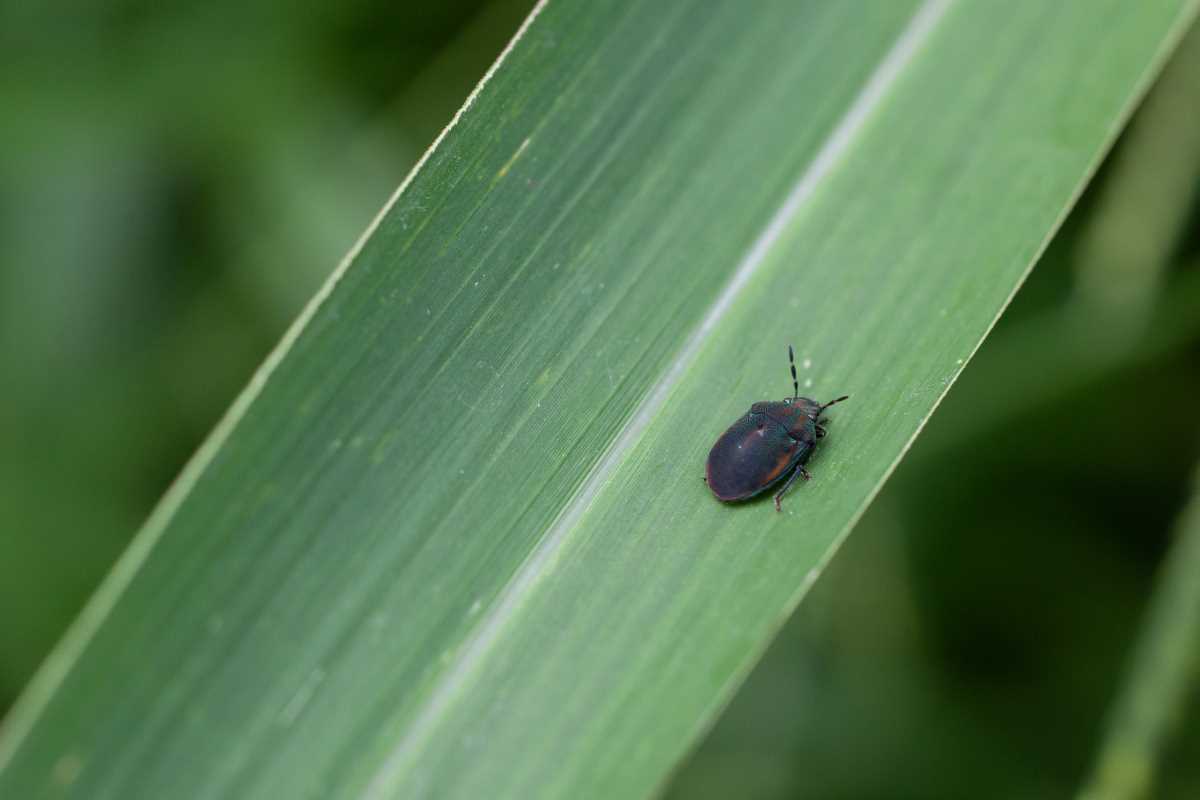Cultivating vegetables at home brings a sense of accomplishment, but uninvited pests can quickly disrupt your progress. You can defend your tomatoes and leafy greens without turning to harsh chemical sprays. Combining practical efforts with everyday natural solutions allows you to maintain a safe and vibrant garden. This approach helps you safeguard your crops while respecting the environment. Enjoy picking fresh, delicious produce from your backyard, and feel confident sharing your harvest with friends and family, knowing your methods support both your health and the wellbeing of your garden.
Every gardener faces challenges like insects munching on seedlings or critters digging up roots. Tackling those issues without reaching for synthetic sprays reduces risk to pollinators and keeps your soil full of beneficial microorganisms. Let’s explore clever methods you can start using today so your homegrown veggies stay vibrant and delicious.
Identify Common Garden Pests
- Aphids: Tiny sap-suckers often found clustered on new leaves. They cause curling, yellowing, and stunted growth.
- Slugs and Snails: Nighttime prowlers that leave telltale slime trails. They chew large holes in lettuce and young seedlings.
- Tomato Hornworms: Large green caterpillars that blend into foliage. A few worms can strip a tomato plant in days.
- Cutworms: Caterpillars that sever seedling stems at the soil line. They act at night, leaving neat stems on the ground.
- Rabbits and Deer: Larger mammals that nibble tender shoots and leaves, often creating ragged edges on plants.
Spot these threats early to act before damage gets out of hand. Walk through your garden regularly, checking under leaves and inside dense stems. Small changes in plant health signal you to take action.
Natural Deterrents and Homemade Sprays
- Garlic-Chili Spray: Crush a few garlic cloves, blend them with one hot pepper and water, then strain. Spritz on leaves to deter many insects.
- Neem Oil: Mix a teaspoon of gentle liquid dish soap with a tablespoon of Neem Oil per quart of water. Oil coats insect bodies, blocking breathing pores.
- Soap and Water: Combine a few drops of mild liquid soap with water in a spray bottle. A quick rinse knocks down soft-bodied pests like aphids.
- Diatomaceous Earth: Sprinkle around seedlings and beneath leaves. This fine powder scratches and dries out crawling insects.
- Eggshell Powder: Crush clean, dry eggshells and distribute around plant bases. Sharp particles repel slugs and add calcium to the soil.
Test each spray on a small area first to ensure it won’t harm delicate foliage. Reapply after rain or heavy dew. Homemade mixtures cost next to nothing and avoid introducing synthetic toxins into the soil.
Companion Planting Approaches
Plant certain types side by side to confuse pests or lure them away from your valued vegetables. Change your garden layout to break pest cycles and increase pollination.
For example, plant marigolds near tomatoes. Their scent masks tomato volatiles that attract harmful nematodes and whiteflies. Grow basil among peppers; it repels thrips and improves pepper flavor. Nasturtiums act as excellent decoys—pests love them so much that aphids flock there instead of your cabbages.
Physical Barriers and Traps
- Row Covers: Lightweight fabric draped over frames keeps flying insects out while letting sunlight and rain through.
- Copper Tape Edging: Wrap tape around raised beds to create an invisible barrier against slugs and snails.
- Collars Around Seedlings: Cut toilet-paper tubes and place them around young stems to stop cutworms in their tracks.
- Beer Traps: Bury small containers flush with soil and fill them with beer. Slugs fall in, drown, and you empty the cup each morning.
Each of these methods physically blocks or captures pests without relying on chemical action. When pests can’t reach your plants, they often move on rather than adapting to toxins.
Monitoring, Maintenance, and Seasonal Tips
Observe your garden regularly to defend it effectively. Spend a few minutes each day looking for fresh feeding marks, droppings, or egg clusters. Detecting problems early makes removal quick and successful.
Rotate crops each year to break pest life cycles. For instance, avoid planting squash where squash vine borers thrived last year. Mulch with straw or grass clippings to keep soil moisture steady and discourage weeds that harbor pests. Adjust your planting schedule—start tomatoes early under cloches or seed beans later to avoid peak insect activity.
Use natural solutions and attentive care to grow a self-sustaining garden. Enjoy fresh, flavorful harvests without chemicals.







